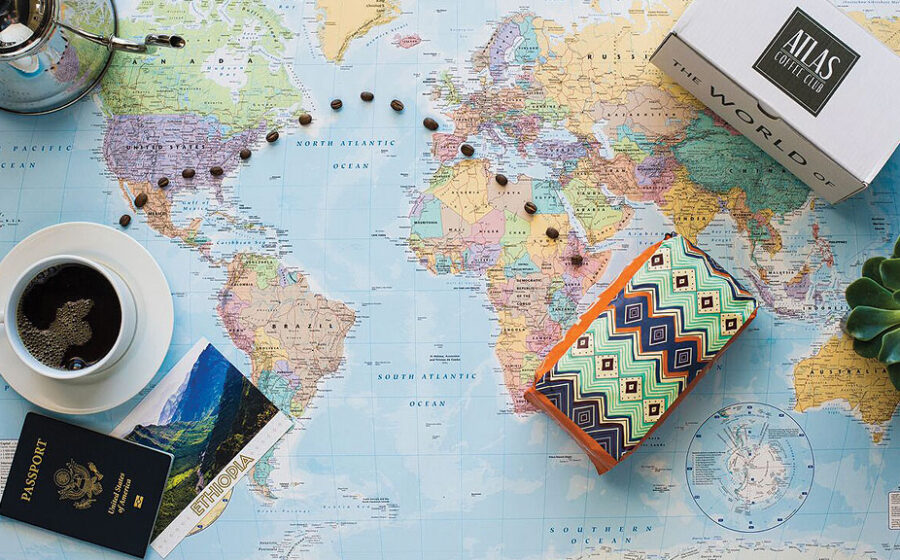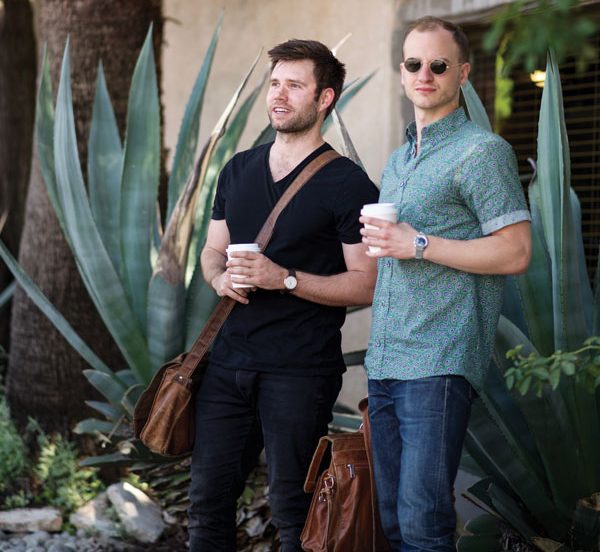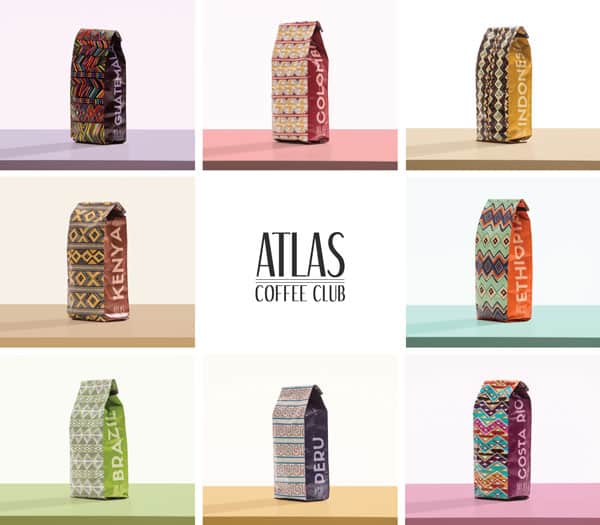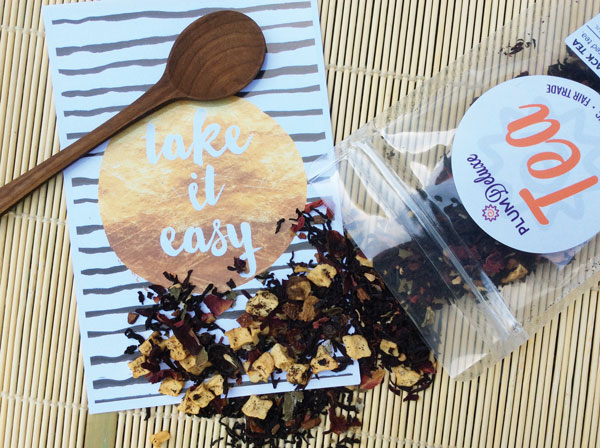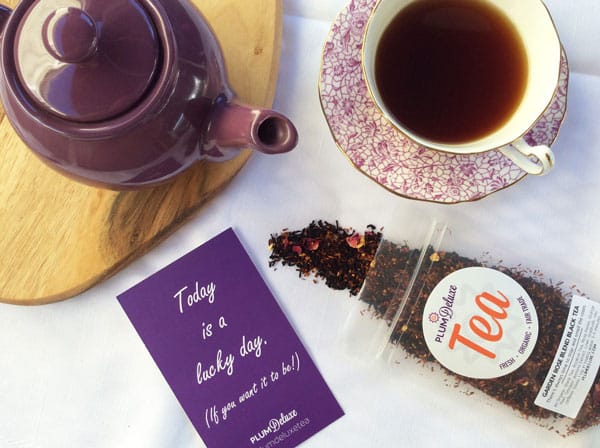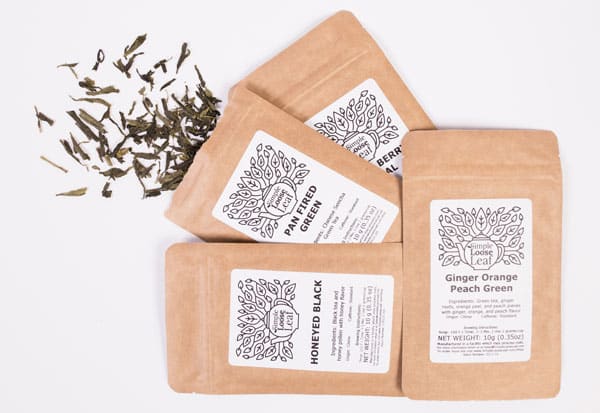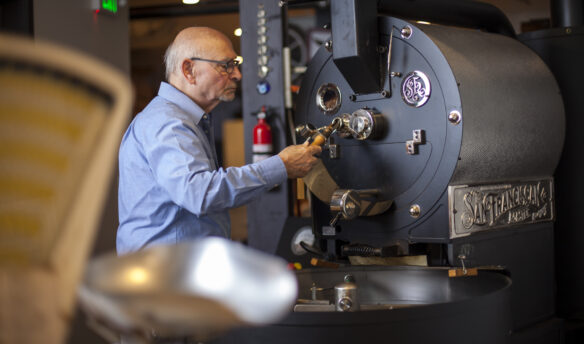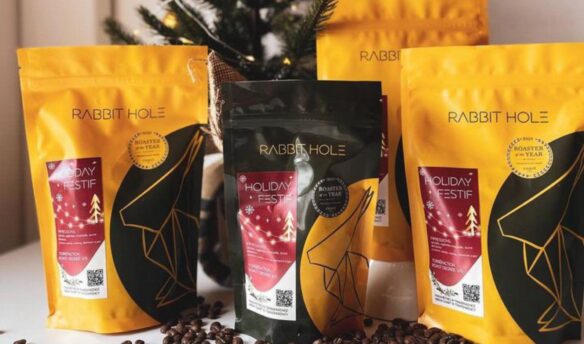[S]ome coffee drinkers will go a lifetime without ever experiencing single-origin coffee from destinations such as Burundi, Rwanda, or the Congo—and Atlas Coffee Club wanted to change that.
The Austin, Texas-based startup launched a coffee subscription box in 2015. For eighteen dollars per month, subscribers receive twelve ounces of single-origin coffee from a different coffee-producing nation each month. The response has been overwhelming, with subscriber numbers tripling in the first eighteen months.
“There is a lot of excitement around receiving a new coffee each month,” explains executive creative director Jordan Rosenacker.
Atlas Coffee Club is among a growing number of companies operating with a subscription model—a retail trend that continues to expand in popularity.
Research conducted by Shorr Packaging shows there are more than 2,000 subscription box services in the United States, in categories ranging from cosmetics and pet supplies to clothing and meal kits. Coffee and tea subscriptions are also gaining traction.
Subscription models are as diverse as the coffees and teas included in the boxes. Some focus on coffee beans from specific regions, while others highlight local roasters. Subscribers might receive a single seasonal loose leaf tea or several varieties of more classic flavors. Although the mail-order offerings are ubiquitous, for startups, perfecting the model remains challenging.
Subscribing to a Successful Model
Plum Deluxe started as a simple e-commerce site selling four different flavors of loose leaf tea and shipping them to customers from its headquarters in Portland, Oregon. In 2011, as the subscription model started gaining momentum, founder Andy Hayes decided to offer customers monthly tea subscriptions—and sales exploded.
For ten dollars per month, subscribers receive one two-ounce tea of the month in flavors like vanilla spice, forest berries with hazelnut, and smoked blood orange. A premium subscription includes two one-ounce teas plus a third “surprise” tea for sixteen dollars per month.
“The subscription model helps us build relationships with customers because we reconnect with them month after month,” Hayes says.
Simple Loose Leaf has pivoted three times since its 2013 launch, making significant shifts in the level of customization and quantities of loose leaf tea in its subscription boxes.
In its first iteration, Simple Loose Leaf subscribers could customize their boxes, choosing from a menu of flavors and quantities. Despite the small number of original subscribers, the error rate was upwards of 15 percent.
“We knew we couldn’t scale with the original model because filling individual orders was time consuming and we were messing up a lot of boxes,” explains co-founder Andrew Flocks.
Simple Loose Leaf changed its model, offering subscribers one-ounce samples of five pre-determined flavors. The pivot allowed the Fayetteville, Arkansas, startup to more than quadruple its subscriber base. But, according to Flocks, who cofounded the business with his brother Nicholas Flocks, customers continued cancelling their subscriptions after a few months.
“We were overwhelming them with tea,” he says.
The most recent pivot dropped the quantities of tea, sending subscribers one-third of an ounce of four flavors—including one black tea, one green tea, one herbal tea, and one seasonal tea—and dropped the price from twenty dollars to twelve. Subscriber numbers are up 700-plus percent, leading Flocks to believe Simple Loose Leaf has finally found the right model.
Picking the Right Partners
Hayes believes that the success of the subscription model relies on sourcing product not readily available in coffee shops or supermarkets. He notes, “It has to feel special and exclusive.”
Just as no two boxes are alike, subscription services take different approaches to sourcing ingredients. Plum Deluxe sources its teas from international importers and works with domestic growers to purchase ingredients such as rose petals, cherries, and peppermint; all teas are custom-blended onsite.
Simple Loose Leaf works with tea importers to select its monthly offerings from a menu of more than 600 bulk teas, which are measured and packaged in Fayetteville. Atlas Coffee Club takes a hybrid approach, working with both farms and importers to source beans.
Fostering exclusive relationships and featuring coffee and teas that are unique to each brand helps smaller startups compete with retail giants like Starbucks, Peet’s Coffee, and Blue Bottle, all of which offer their own subscription models.
“Coffee subscriptions might seem new to some folks but the coffee space is already quite saturated and very competitive,” says Rosenacker. “The coffee world is small and for brands that just sell coffee subscriptions, it’s of the utmost importance that the coffee is of high quality—you only have one shot for the customer to enjoy the coffee in order to commit to an ongoing subscription. I like to think that this drives the competition to source, roast, and share better coffee.”
Bolstering Memberships
Even if the subscription is well structured and the products are unique, customer retention remains a major challenge of the subscription model. The average churn rate for subscription boxes, according to one report, tops 11 percent.
At Atlas Coffee Club, subscribers maintain memberships for just over six months. The average subscriber relationship at Simple Loose Leaf is five months. Plum Deluxe reports its average subscription lasts thirty months.
A single “bad” box can lead to membership cancellations, according to Flocks.
“We are measured against our past boxes very harshly,” he says. “If we do a really great job on the teas we feature one month and the next month doesn’t line up with a customer’s expectations, there can be a large backlash for it.”
While some flavors—like licorice and pineapple—are polarizing, Flocks tries to balance more adventurous offerings with tried-and-true teas such as chai.
“Selecting teas isn’t done on a month-to-month basis,” he explains. “We look at what teas, including their ingredients and primary flavor profiles, we have featured over the past eighteen months. From there, we find the teas that we feel will be enjoyed the most by our customers or give them a truly unique experience.”
If Plum Deluxe uses an ingredient more than once, it’s featured in a novel way. One summer, a box featured strawberry mint tea; the next summer, strawberry was added to Earl Grey tea.
Just as the teas are seasonal, so too are revenues.
The bulk of subscriptions are given as gifts, which means sales peak in November and December.
At Simple Loose Leaf, 65 percent of annual revenue is generated around Christmas. Seasonal sales account for 40 percent of revenues at Plum Deluxe. To bolster revenues (and make ongoing membership more attractive to subscribers), companies often operate e-commerce platforms where they sell additional coffee, tea, and related supplies such as mugs at a discount to subscribers.
In August, Atlas Coffee Club rolled out a rewards program that awards subscribers points for their coffee purchases. The rewards can be cashed in for free shipping or store credit. The startup also assigns each subscriber a “coffee tour guide” who serves as their personal connection to the brand and responds to questions about brewing, roast preferences, and other customer service issues.
“Subscriptions have customer retention built in. We have a relationship during their subscription period that wouldn’t exist in a straight e-commerce business,” Rosenacker says. “But we need to continue earning their business to encourage renewals. So we’re always looking for new ways to build connections and loyalty, which is ultimately what will make us successful.”
–Jodi Helmer is a North Carolina-based freelance journalist and author..
This piece originally appeared in the October 2017 issue of Fresh Cup.

